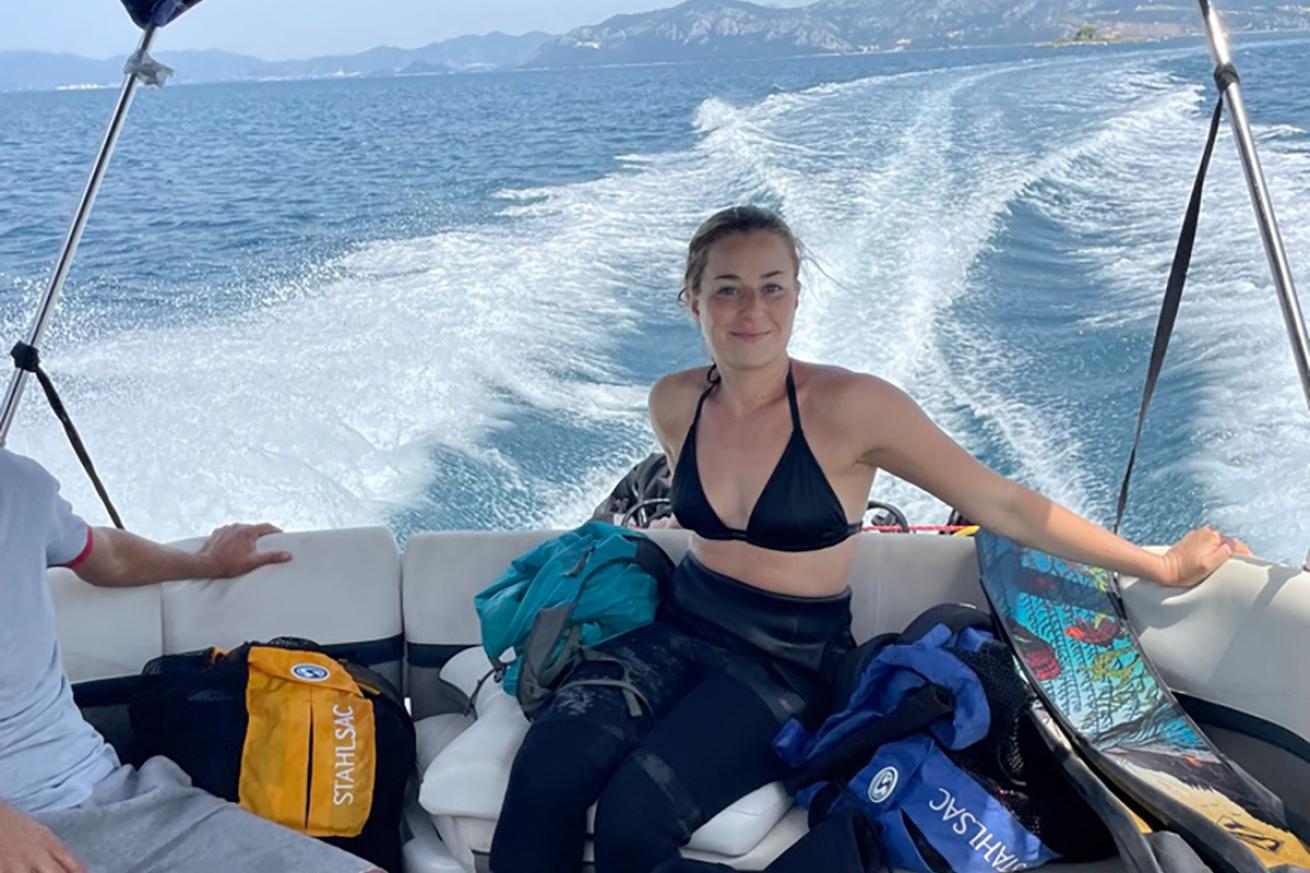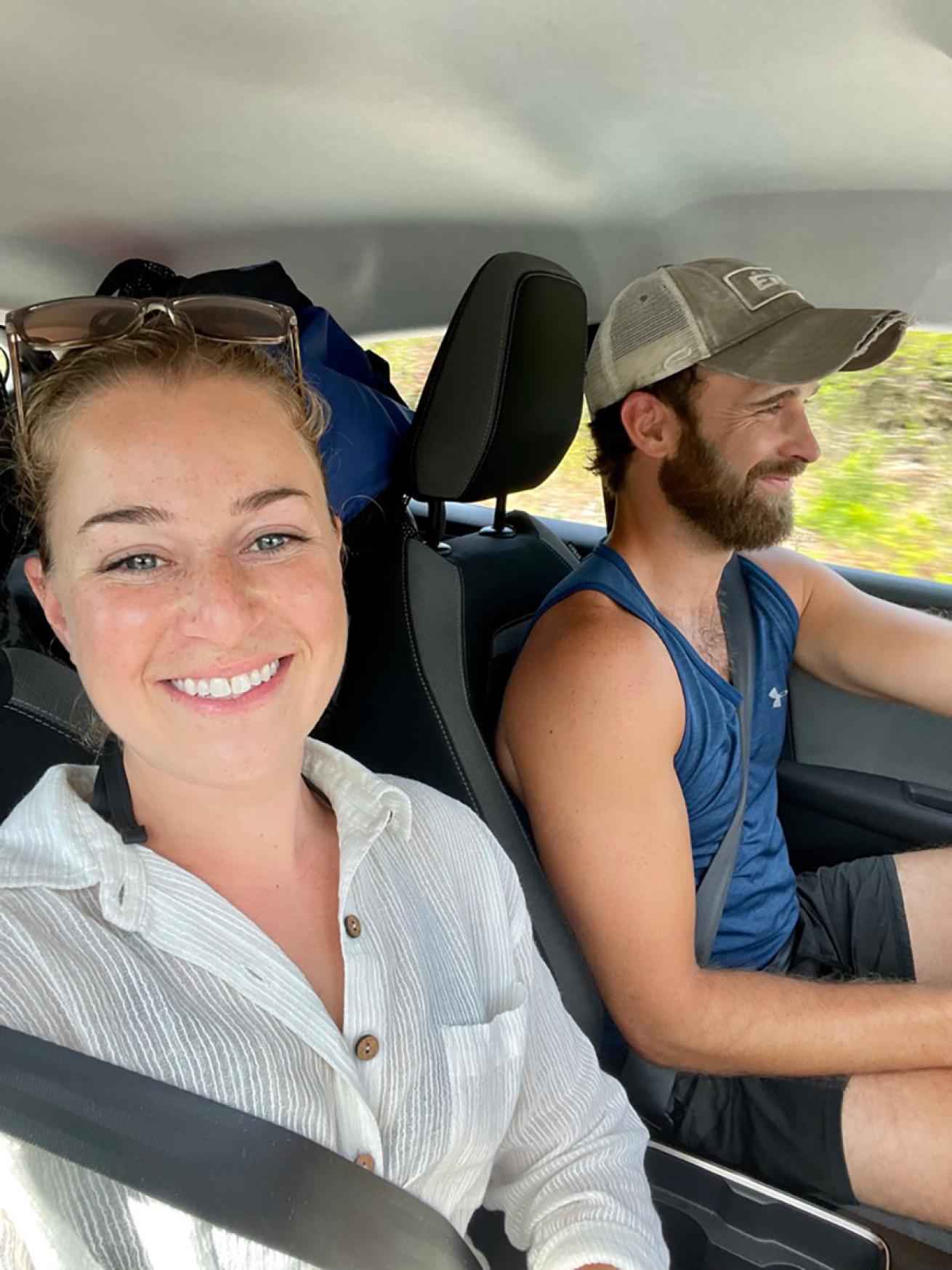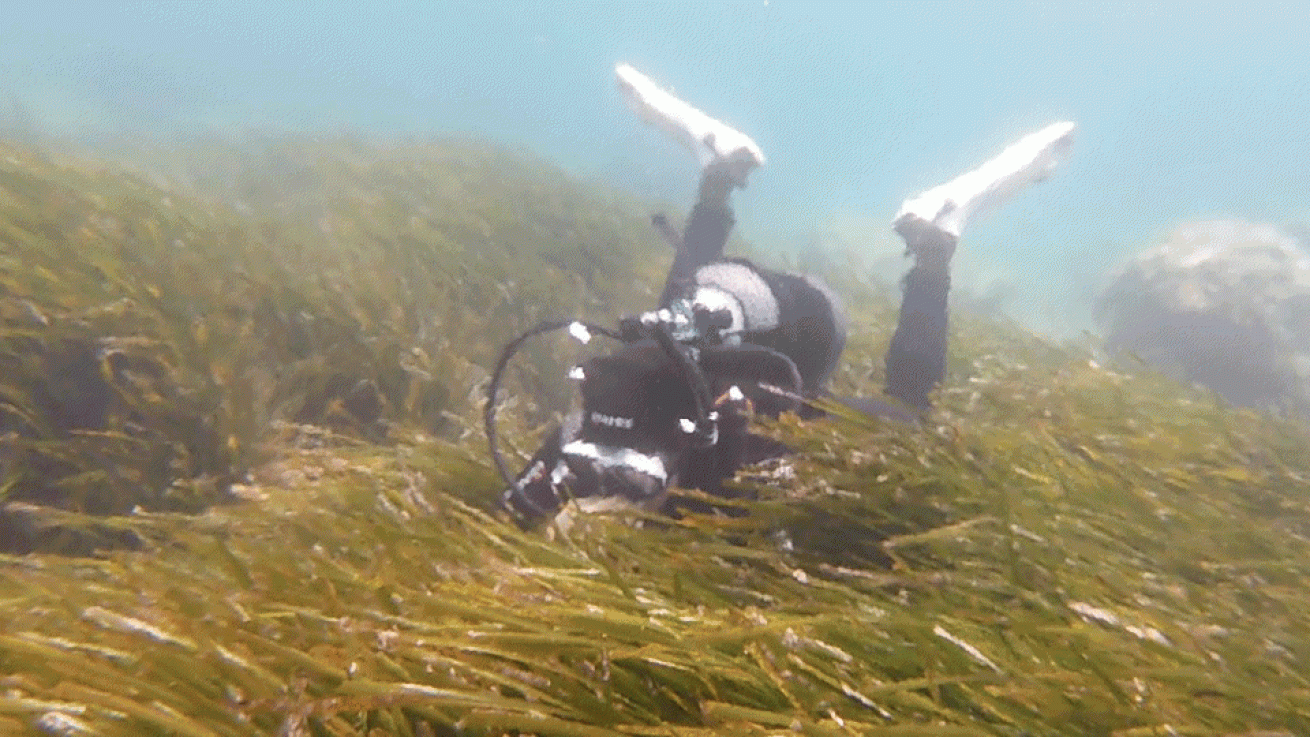How to Plan a Croatia Dive Trip

Kevin GarciaAriella Simke, Scuba Diving's Associate Editor, heads out to see where the Edivo Vina winery ages its wine in the Adriatic Sea.
I scrolled despondently through my twenty-two unanswered emails a mere five days before my trip to Croatia. I had reached out to every dive center, tourism agency and government office I could find to figure out how I could get in the water in what appeared to be heaven on earth—and heard back from only a few of them. Anxiety gripped my chest.
It wasn’t until I was sitting across from Anna Nokela at Najada diving center in Murter that I understood why I shouldn’t have taken the silence personally. Here’s why, and everything else I wish I had known while planning a trip to this wild and wonderful place.
1. Be Flexible
I’m convinced John Steinbeck was referring to dive trips in Croatia when he wrote: “A journey is a person in itself; no two are alike. And all plans, safeguards, policing, and coercion are fruitless. We find that after years of struggle that we do not take a trip; a trip takes us.”
Recognizing this is a location best explored with no expectations will save you headaches and disappointment, and open up experiences you never imagined. Take it from someone who tried to muscle her way through the planning process, only to hit wall after wall of half-information and internet dead-ends: Let the trip take you. Be open to changing plans. The best approach is to decide which general locations you want to visit and then show up and see what is possible. Dive centers often make last-minute decisions about where to go based on weather and diver skill level. If you show up open-minded, you’ll often be pleasantly surprised.
If there are sites you just can’t miss, contact a few different shops a couple of weeks before the trip to see who makes regular trips to the site and when.
2. Know That Dive Shops Close Seasonally
Most dive centers listed online are only open from June to September, Croatia’s peak season. Diving is largely a hobby for the majority of dive center owners, Nokela tells me—unrelated jobs carry them through the rest of the year. Her operation, Najada diving, is an exception, but even that closes from January to mid-March. Keep this in mind when you’re scheduling your trip and trying to book anything ahead of time. My trip was in June, so the shops were open when I was there, but most were closed when I was planning—hence all those unanswered emails.
3. Book Dives In-Person
Especially since our plans were thin when we landed, visiting the dive center the day before diving smoothed out many wrinkles during our trip. It allowed us to set reasonable expectations for accessible dive sites, get our gear situated and fill out any paperwork for sites that require government permits. Most of the shops were very busy now that the season was in-swing and appreciated the direct contact.
4. Rent a Car for a Multi-City Experience

Ariella SimkeAriella and Kevin in-transit during their Croatia drive-and-dive trip.
Renting a car was the best way to reach multiple cities with my dive gear. For approximately $65 USD per day, I was able to schlep everything 500 miles through Croatian cities and hard-to-reach towns. Beware parking in the busier cities, like Split and Dubrovnik, where spaces are extremely limited and overnight parking can break the bank. Taxis are an option if you’re staying in one city.
5. Leave Transit Time
Famous dive destinations have been set up for scuba tourists—dive centers are attached to hotels with staff to help with your gear, and the walk to the dock or beach is minimal. Croatia is still an under-the-radar getaway, so the industry is less developed. Be prepared for the dive centers to be some distance from the hotel or “sobes”— rented rooms in private homes commonly available. We booked our sobes through Airbnb and Booking.com, but knocking on the door is also common practice. If you choose to stay inside the old city walls of Dubrovnik, Trogir or Split, you can expect to do a lot of lugging.
Call or email the dive center ahead of time to make a plan for your gear. Some dive centers have locked areas for gear storage. These cities were built before cars were invented and we rarely found parking nearby. In Dubrovnik, a bit more research would have saved us a lot of sweat. We didn’t plan ahead and had to drag our dive bags, suitcases and backpacks down five flights of narrow, slippery marble stairs to reach our building, and then up three more flights inside the building. Parking was outside the city gates, a 20-minute walk from the entrance.
6. You Can Rent Gear—Buying it is Harder
Either plan to rent your gear, which is available at all the centers, or bring everything you need.
My dive buddy Kevin Garcia met me in Croatia after a hectic travel schedule of his own. He didn’t have an octopus with him, so he planned to buy one upon arrival. To our surprise, we found that dive centers in Croatia are a different beast from our beloved U.S. dive shops in that dive centers typically don’t sell gear. After several failed attempts to track down a regulator for sale, Kevin ended up renting gear at each shop we visited.
Need to Know:
When to Visit: Most Croatian dive operators are only open during the high season, which is June to September.
Conditions: The water temperature hovers between 50ºF in the winter and 75ºF in the summer. The current is minimal and water clarity is exceptional.
Equipment: A 5 mm or 7 mm wetsuit with a hood is recommended. Bring a light. Much of the diving is deep and the colors are what makes it so special, so you want to be able to see them!
Tipping the Crew: Tipping is typically cash only; 10-15% is customary.
Topside Tip: Plitviče Lakes National Park’s waterfalls and cave formations are astonishing.

Kevin GarciaAriella plays in shallow seagrass during her safety stop.










